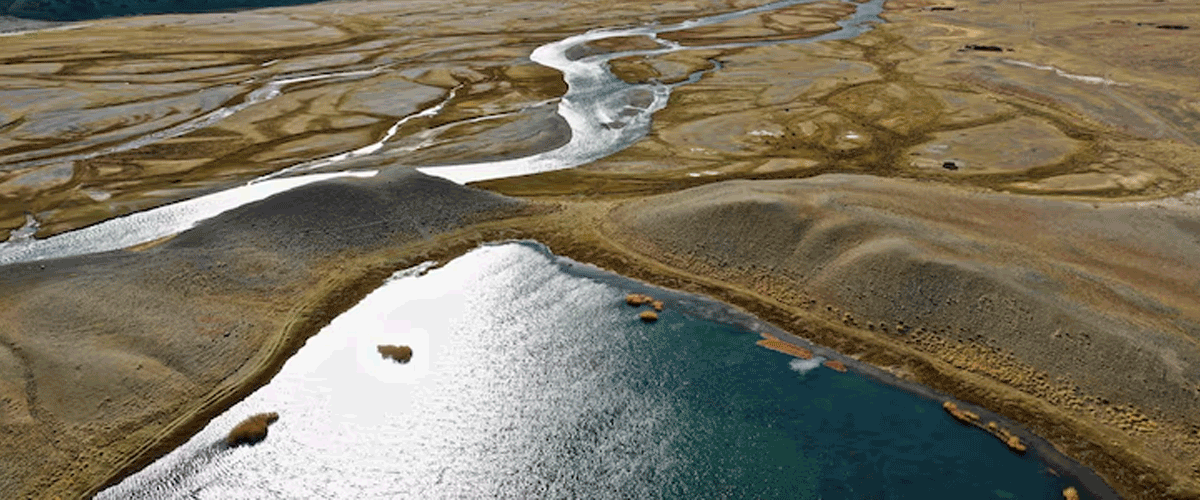(An Autonomous Body Recognized by Ministry of Commerce & Industry, Government of India)
Competency based placement focussed Education | Training | Research | Consultancy

Lithium Mining in Chile’s Salar de Atacama Threatens Water Supplies, Indigenous Lands
A new report highlights severe water loss from lithium mining in Chile’s Salar de Atacama, a key part of South America’s “lithium triangle.” Since the 1980s, lithium-rich brine has been pumped to the surface and evaporated in pools, causing an “irreversible” depletion of groundwater, with levels falling over 10 meters in 15 years and the salt flat sinking 1–2 cm annually. The Lickanantay Indigenous peoples have experienced loss of vegetation and lagoons critical for agriculture and wildlife, including vicuñas and Andean flamingos.
Nearby Colla communities, whose lands in Salar de Maricunga may soon face mining, fear similar impacts unless sustainable methods like direct lithium extraction (DLE) are adopted. DLE could reduce water use but requires site-specific design. Chile’s government is exploring DLE, with over 80% of new project proposals indicating interest, though no projects are operational yet. Indigenous groups are urging stronger protections before expansion proceeds.
16-09-2025
📰 Recent News
- Heat Amplifies Chemical Risks for Migrant Farmworkers
- Kolkata Floods Highlight Urban Drainage Challenges Amid Climate Change
- California Farmworkers Face Dual Threats of Heat and Pesticides
- North Carolina Activists Battle to Protect Drinking Water from PFAS
- Microplastics: The Invisible Threat in Our Bodies
- Detroit Tops U.S. Asthma Rankings Amid Pollution, Health Access, and Climate Challenges
- EPA Prioritizes Fast-Tracking New Data Center Chemicals Amid Safety Concerns
- California Data Centers Drive Surging Power Demand, Boosting Fossil Fuel Reliance Despite Renewables Push
- Hanford Nuclear Site Set to Turn Radioactive Waste into Glass Following Final Permit Approval
- Santiago Sees Cleaner Winter Air After Decades of Pollution-Control Measures
